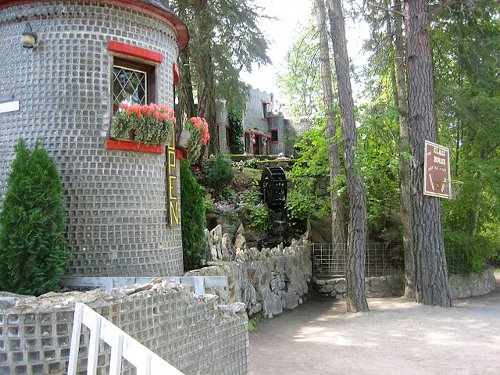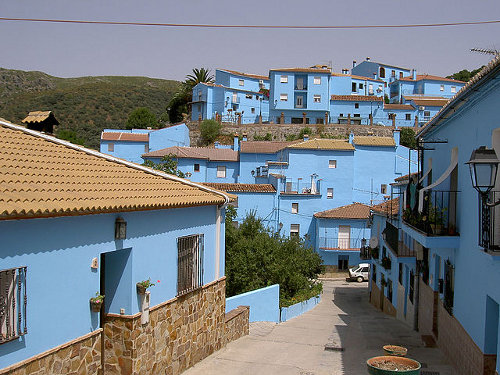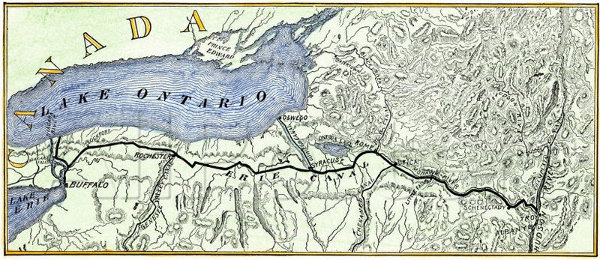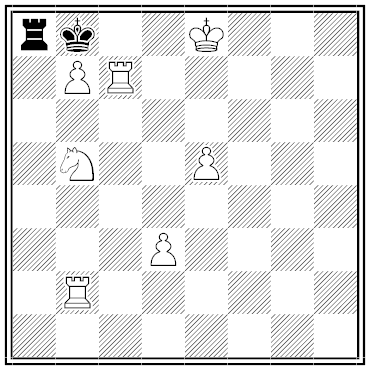In 1862, journalist John Hollingshead accompanied a crew of workers into the sewers under London, “feeling a desire to inspect a main sewer almost from its source to its point of discharge into the Thames.” At one point he asked his guides about the unusual things they had found underground.
‘Well,’ he said, ‘the most awful things we ever find in the sewers is dead children. We’ve found at least four of ’em at different times; one somewhere under Notting Hill; another somewhere under Mary’bone; another at Paddington; and another at the Broadway, Westminster.’
‘We once found a dead seal,’ struck in one of the men pushing the boat.
‘Ah,’ continued Agrippa, ‘so we did. That was in one of the Westminster sewers — the Horseferry Road outlet, I think, and they said it had been shot at Barnes or Mortlake, and had drifted down with the tide. … We sometimes find live cats and dogs that have got down untrapped drains after house-rats; but these animals, when we pick ’em up, are more often dead ones.’
‘They once found a live hedgehog in Westminster,’ said another of the men. ‘I’ve heard tell on it, but I didn’t see it.’
At one point, on being told he was beneath Buckingham Palace, “Of course my loyalty was at once excited, and, taking off my fan-tailed cap, I led the way with the National Anthem, insisting that my guides should join in chorus. Who knows but what, through some untrapped drain, that rude but hearty underground melody found its way into some inner wainscoting of the palace, disturbing some dozing maid of honour with its mysterious sounds, and making her dream of Guy Fawkes and many other subterranean villains?”







